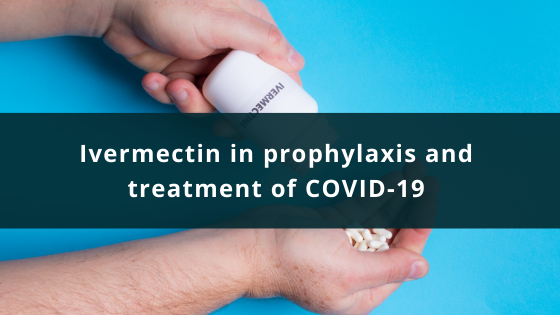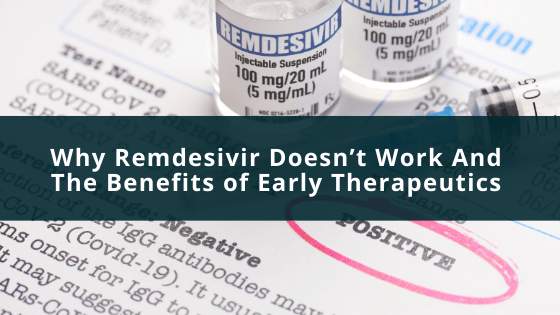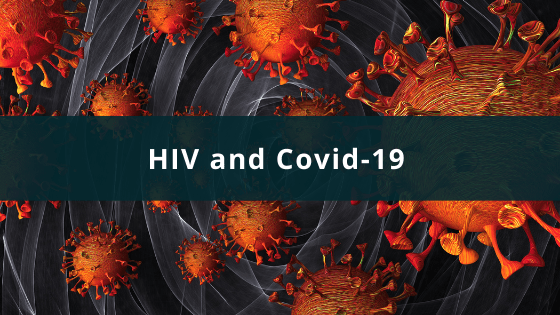Biofilm, Antibiotics, and Evolution
by Dr. Andrew Pugliese
The antibiotic era is approximately sixty years old, and in that time period, we have seen the demand for more advanced antibiotics to meet the challenges of the 21st century. This is because whenever we develop a new antibiotic to treat a certain infection, the bacteria turns around and develops resistance to the new antibiotic. It happens because we exert a significant amount of selective pressure on the particular organism. Selective pressure is any factor that causes an organism to evolve in a certain direction. Resistance development today is more than just antibiotics used inappropriately or antibiotics in the food chain. Not that these factors are unimportant because they truly are, but as we evolve as a species and learn to live with more complex disease states, so do the infections we see.
E. coli has been known to double in 30 minutes. With this type of doubling time, compounded with sixty years of aggressive selective pressure in the form of antibiotic usage, the question becomes, how many generations of genetic mutation have occurred in this time period? Billions, trillions or gazillions?
In nature, bacteria usually do not exist in planktonic form – that is to say, as colonies of a single species of bacteria. Most acute infections usually exist in planktonic form and can easily be addressed with antibiotics. However, with all the advancements of modern medicine, people have the ability to live longer with not one, but sometimes several chronic diseases at the same time. As the patients we treat become more complex, so do the infections they have to deal with.
In nature, it is beneficial for bacteria to exist in a biofilm where this microcosmic “city” can create a safe environment for not one, but many different species of microorganisms, including viruses, bacteria, and fungi. These biofilms can exist with a combination of either one or all three types of major organisms within its walls. In other words, it is possible for a biofilm to be entirely made up of several bacterial species alone, or several different bacterial species, along with several species of fungi and viruses for good measure. In our experience with chronic sinusitis, it is not surprising to find the biofilm makeup to consist of several bacterial species and several fungal species simultaneously.
For many years, the old model of “one bacteria – one antibiotic” worked well, and it still does today when it comes to acute infections. However, with all of the generations of mutations that have occurred in the last sixty-plus years, are we creating the complexity seen in these chronic infections today? Research today has shown that biofilm may indeed contain primitive nervous and circulatory system. In some instances, biofilm is beginning to behave like multi-cellular organisms.
So, is it possible that the intense selective pressure of antibiotics has accelerated the process of single-cell organisms evolving into complex, multi-cellular organisms from millions/billions of years to just a few decades?
I know this last question is pretty abstract and only time will tell. In the meantime, what do we do with patients today who are dealing with these very complex infections?
There are those who believe that we are entering into the post-antibiotic era of treating infections, meaning you have infection “A” so we’ll treat you with antibiotic “Y” and you’ll be cured in ten days to two weeks. For acute infections, this model still works, but for those patients who have complex infections due to biofilm, that are now chronic, systemic antibiotics alone may not be enough. For those patients, topical applications may be needed. With the assistance of DNA sequencing, topical antibiotics, antifungals and debriding agents can be tailored to disrupt the biofilm and may be the answer to helping patients with chronic infections. Currently, my good friend and colleague Dr. Courtney French, is currently researching this very concept for patients with refractory chronic sinusitis. We’re hoping in the next few months to publish our results.
We, as a species, are truly evolving and a good portion of the evolution is due to the advances in medical technology over the last half century. With this evolution, come new challenges. If we are to face these new challenges, we will need to be willing re-examine our old models and improve them.







